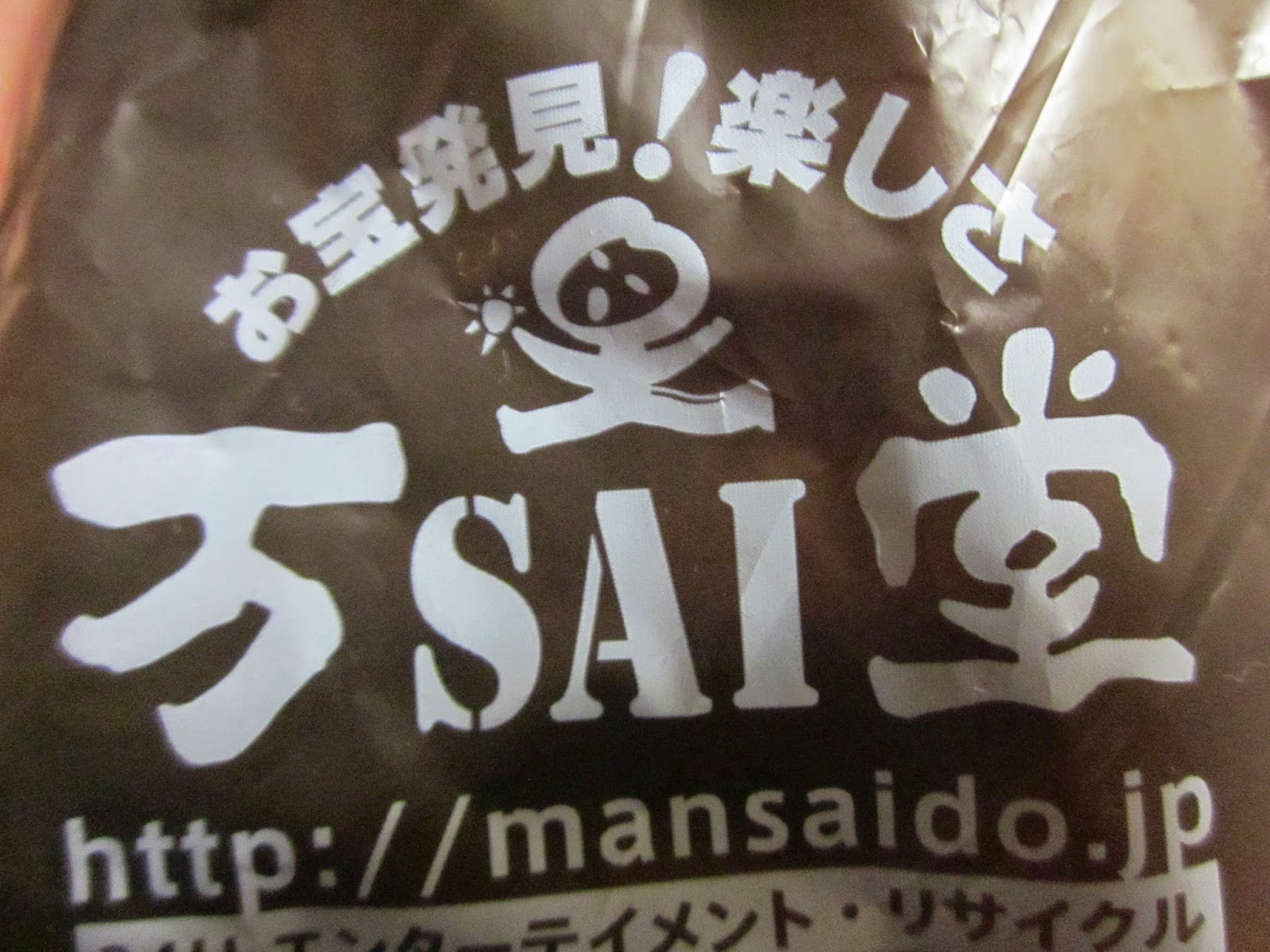 |
| Movie Poster (original link here) |
It feels like I've been seeing this movie poster (for ‘Rurouni
Kenshin: Kyoto Inferno’) everywhere in the city: at 7-11, in the mall, in the
train station. I feel like there must be
even more samurai movies in Japan than there are World War II movies in the U.S.,
and they've enjoyed popularity since the times of Akira Kurosawa. This particular movie is based on an anime
and is loosely set in Meiji era. I think
cultural appreciation has allowed these films to (generally) have an impressive
amount of accuracy too. Traditions like
kimono-wearing and kendo are still practiced and respected, especially in
schools, so the creators and viewers both have a great appreciation for the
history shown in films like these. This
contrasts to what I've heard from some international students about how many of
their traditional practices are being looked down upon in their country as
backwards and quickly replaced by the modern by anyone with means.
 |
| Taiko drums in Akita City. |
I've also noticed many different traditional clubs and
practices in Japan. I've seen martial
arts demonstrations in the mall and heard students practicing on taiko drums
for the festival club, and I have many friends who have joined tea ceremony,
calligraphy, flower arranging, kimono, and kendo clubs. It’s interesting how much more widespread and
popular kendo is in Japan compared to something like fencing in the U.S. And how many clubs for traditional dress do
you see in the U.S.? People are very
enthusiastic about and dedicated to keeping traditions alive here.
 |
| Calligraphy-style writing on a shopping bag. |
The above
two examples just come from traditions I've seen in everyday life here. Even though in the present day simple font is
much more common than the elegant and precise brush strokes of calligraphy, I
still see calligraphy inspired fonts on everything from restaurant signs to
shopping bags. I think this means that using
calligraphy still makes customers feel that a product or service or event is
old-timey and/or authentic, so it’s useful in the present day as a marketing
tool. Do good memories from calligraphy
club in high school really influence a person to go to a ramen shop with
calligraphy in its title? I can’t say
for sure, but, in any case, I think there is an enormous amount of nostalgia
and respect for the past.
I think
these references to the past in Japan, whether through samurai movies or
calligraphy on shopping bags, also serve to create and nourish a Japanese
identity that is often used to support social norms. The themes of honor and loyalty in samurai
films can inspire salarymen to be completely devoted to their company, and the
precision and elegance women are taught to wear a kimono correctly with can
teach them a traditional Japanese woman ideal that is actually a modern
creation itself, constructed from jumbled elements of the past. It might just be my imagination, but when I
look at a lot of old black and white photographs of women wearing everyday
kimono, their kimonos sometimes look a little disheveled, or at least not as
impeccably perfect in the way that kimono are worn today. It makes me wonder if this whole idea that
everyday kimono must be worn in a very precise fashion, with not a fold out of
place because precision is a Japanese value, isn’t one that has been
constructed in more modern times.
1 comment:
The point you raise about traditional symbols in marketing is an interesting one. Even though the past may not be quite as important in the US, I think that we have similar things to the calligraphy. A lot of places go for "quaint," aiming for reminiscence of an earlier period when things were simpler and we lived in small, friendly towns. I wonder if the same connotation exists in Japan. What is it about the past that appeals to them?
Post a Comment